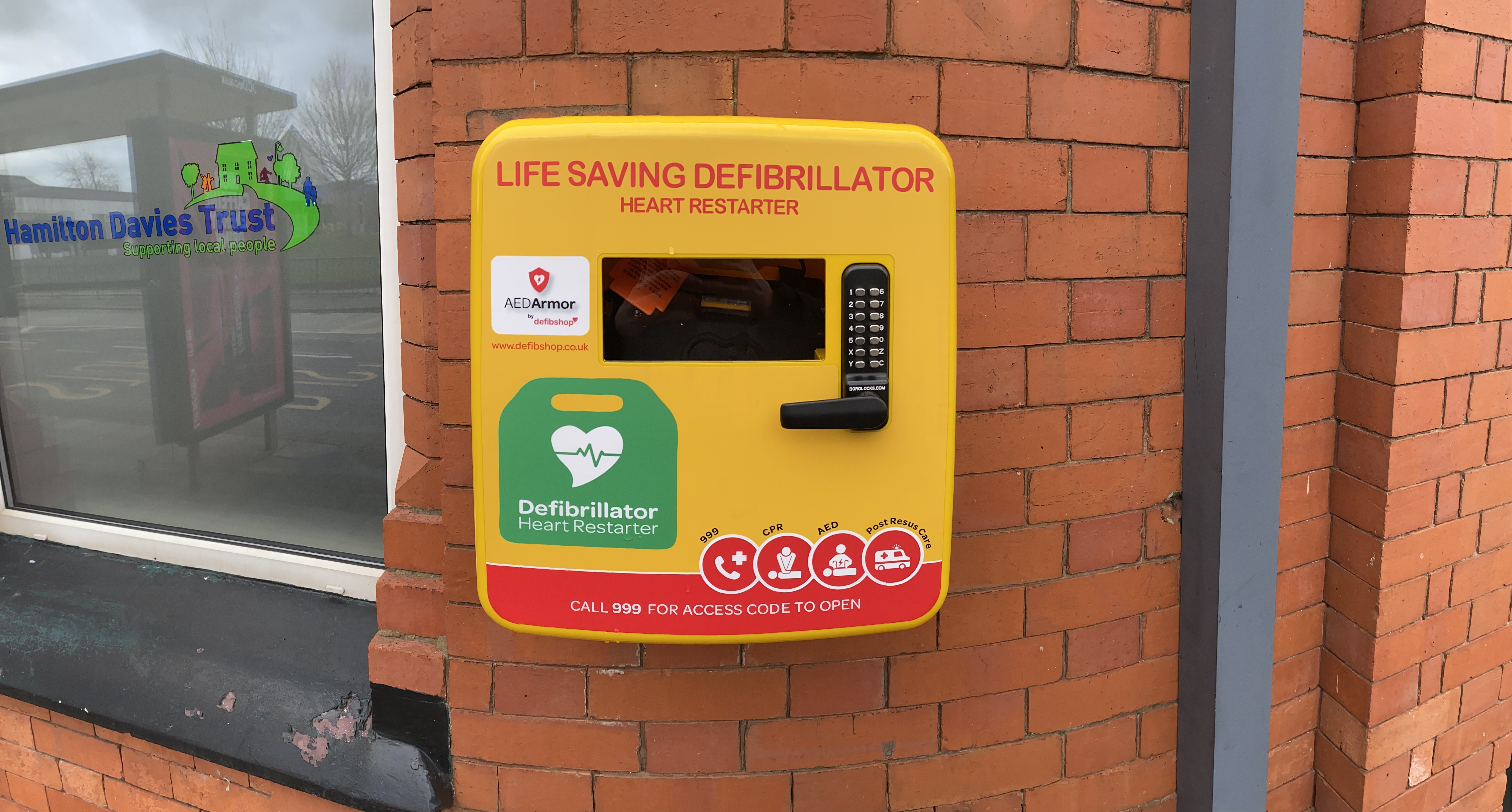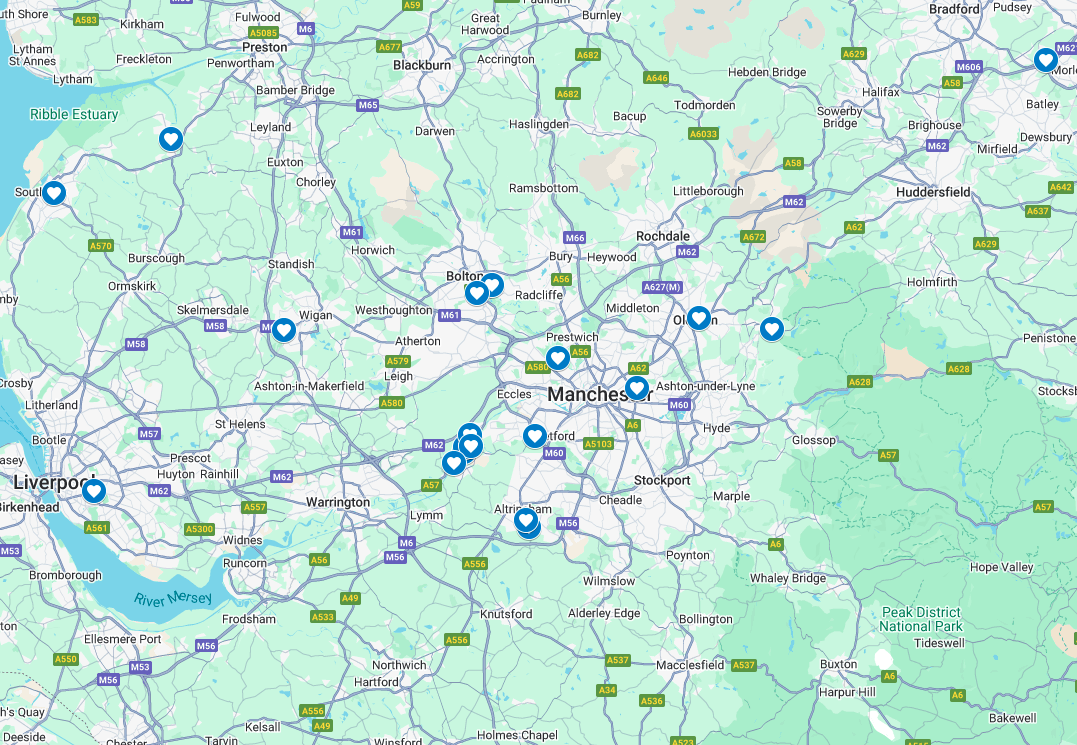The Top 5 Most Dangerous Jobs in the UK

What job do you think of when someone says to you ‘dangerous jobs’? Stunt man, circus act, professional race car driver? Would you believe none of these even crop up on the top 5 MOST dangerous job list for the UK?! Crazy, right?
In this blog, we’ll be covering the top 5 professions and industries that appear to be deemed the most dangerous jobs frequented in the UK and find out the statistics, fatality rates and need-to-knows about each job description. You never know, you might just want a new career after you’ve read this!
Building & Construction Industry
The building and construction industry for the UK has proven to be one of the top most dangerous professions you can enter. With employees consistently working at great heights and using dangerous equipment that require multiple safety precautions to be in place, it is not difficult to see why this industry is a high risk environment for workers and the people in the surrounding area.
Employees in this industry are constantly improving the infrastructure of the UK, brightening up our skylines and modernising our country. However, in the construction industry 3% of the employees suffer from an illness they believe to be work related and 3% also sustain an injury that is work related. In the working year 2014-15, 35 employees were fatally injured.
The main injuries that were sustained and reported are:
Slips, trips and falls- 23% Lifting and handling injuries- 22% Falls from heights- 19% Struck by an object- 11%This ultimately led to 1.7 million working days which were lost. 1.2 million days lost were due to work related ill health and 0.5 million days for workplace injury.
Agriculture, Forestry and Fishing Sector
This sector takes into account the agricultural industry which is primarily the production of crops and animal product production. The forestry industry which is the extraction and gathering of wild, non-wood products such as mushrooms, nuts and berries and the production of roundwood. And finally, the fishing industry.
Similarly to the building and construction industry, the use of heavy and dangerous machinery which requires multiple safety precautions to be put in place puts these workers at risk on a daily basis. They’re also frequently in perilous environments meaning they’re more susceptible to the elements than other workers. Each year in the agriculture, forestry and fishing sector 4% of employees suffer from an illness they believe to be work related, and similarly 4% endure a work related injury. There were 33 fatalities in this sector during the 2014-15 working year.
The main injuries reported by employers are:
Slips, trips and falls- 20% Injured by an animal- 14% Lifting and handling- 12% Falls from heights- 13% Struck by a foreign object- 11% Contact with machinery- 10%Accumulatively, over the last five years there have been 160 fatalities in this industry. This statistic is made up of 30 cases of being struck by a moving vehicle, 23 cases of falling from heights, 23 cases of being injured by an animal, 16 cases of contact with machinery, and 26 cases of being struck by an object
Goods Transportation
The main purpose of this industry is to move one thing, whether that be animals, food or goods from one place to another successfully. Some of the methods of transport include, rail, roads, air and water. Each method is tied to a dedicated network which aids the objective of moving something from its origin to another place.
Each method of transport has its risks. On the road, there is the chance of collisions or hijacking of the vehicle. Technological issues can arise in the air transportation calling for early landings which lead to delays. These are just a few of the risks that can occur in this industry. 3% of workers suffer from an illness they believe to be work related and 3% also suffer from injuries they sustained at work.
The main injuries reported by employers of this industry are:
Slips, trips and falls- 28% Lifting and handling- 28% Struck by an object- 11% Fell from height- 10%Overall, these percentages accounted for 38,000 self-reported non-fatal injuries in the workplace. This meant 1.4 million working days were lost. 1.1 million days were due to work-related ill health and the further 0.3 million days were due to work place injury.
Rig and Mining Industry
Working on an offshore rig and/or in a mine is potentially the most dangerous occupation an individual can accept. Working on an offshore rig primarily is to extract either oil or natural gases for human consumption via other companies. Mining is mainly to extract metal ores and other natural substances from the earth for human usage.
When working on a rig, employees are in a highly remote location surrounded by many heavy pieces of machinery and will have to endure highly adverse weather conditions. Being offshore will also mean that employees of a rig will be far away from hospital should they require medical attention. In January 2015, the North Sea recorded 173 active rigs which were drilling, making it the most active offshore drilling location.
Currently in the UK, there are only 3 active mines. Mining goes back all the way to pre-historic times where materials such as stone and metals found close to the earth’s surface were excavated then used for simplistic tools. Miners are constantly at risk from floods, explosions, fires and even cave-ins. It has an average of 9.6 workers per 100,000 killed at work. This statistic makes mining one of the single most dangerous professions available to people in the UK.
ALL Unequipped Workplaces
In many of these workplace environments, there have been mistakes with the health and safety precautions in place. You only need to take a look at the percentages and fatality rates to realise. However, having a defibrillator on site in any working environment can allow for that extra peace of mind, as well as help to tackle the fatality rates for all environments. Having this life-saving piece of kit available and ready to use will aid your industry in tackling the fatality rates for those who suffer a sudden cardiac arrest (SCA).
Many don’t know, but 30,000 sudden cardiac arrests occur outside of hospital each year. The only definitive treatment for an SCA is effective CPR and defibrillation of the heart, delivered by a defibrillator. The defibrillator will actually stop the heart in order for the body’s natural pacemaker to step in and help the heart start beating a in a normal rhythm again. If treatment is received within 3-5 minutes of collapse then the chances of survival increase significantly from 6%-74%. For each minute without treatment the chances of survival drop 10%.
More awareness is needed on the vital importance of defibrillators and just how big a part they play in saving a life, whether that be out and about in public or at work.
What have we Learnt?
So, what have we learnt?
No industry is without risk, but having strict precautions in place will help avoid these turning into hazards and occurrences. Slips, trips and falls are the most reported injuries by employers, regardless of industry. In the majority of industries, over 1 million working days are lost due to injuries caused at work and work related ill health. ALL work environments will benefit from having a defibrillator on site!











